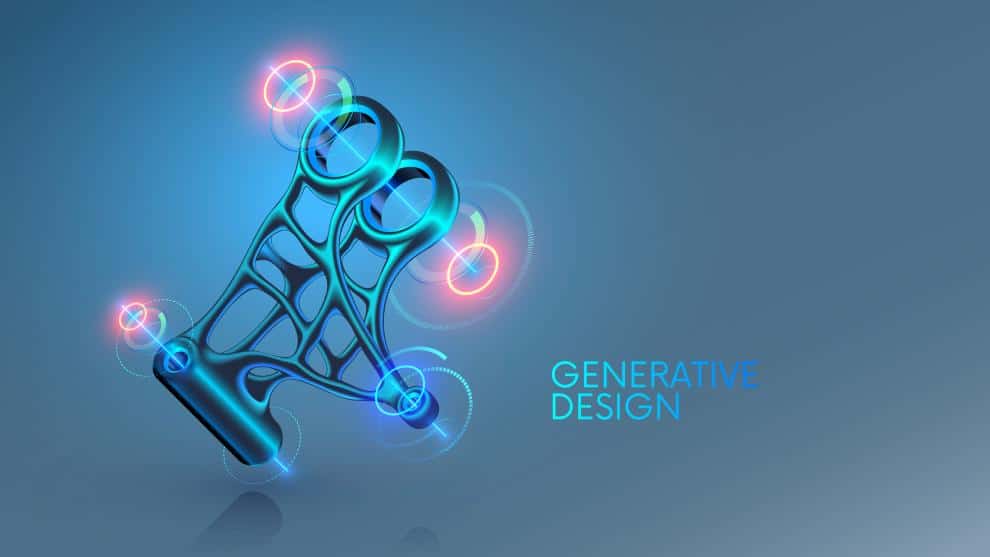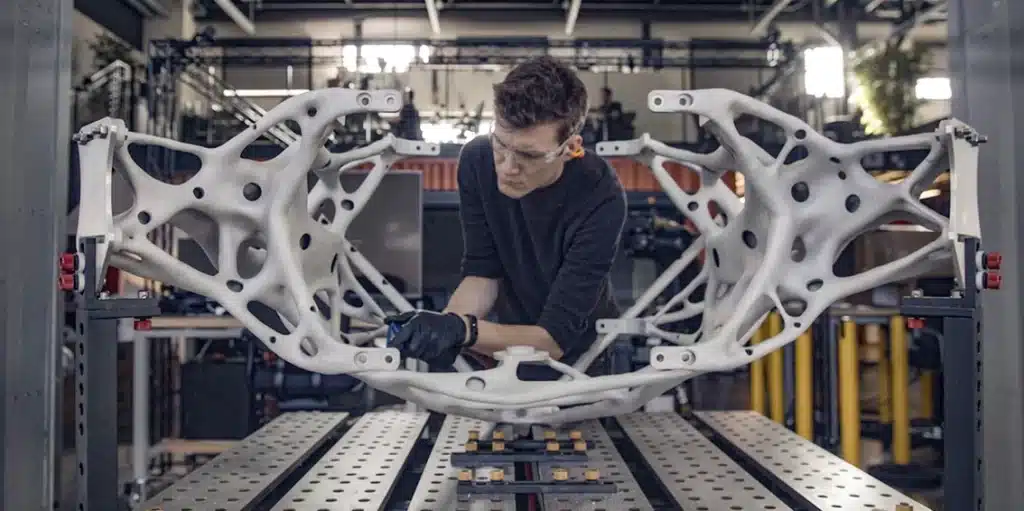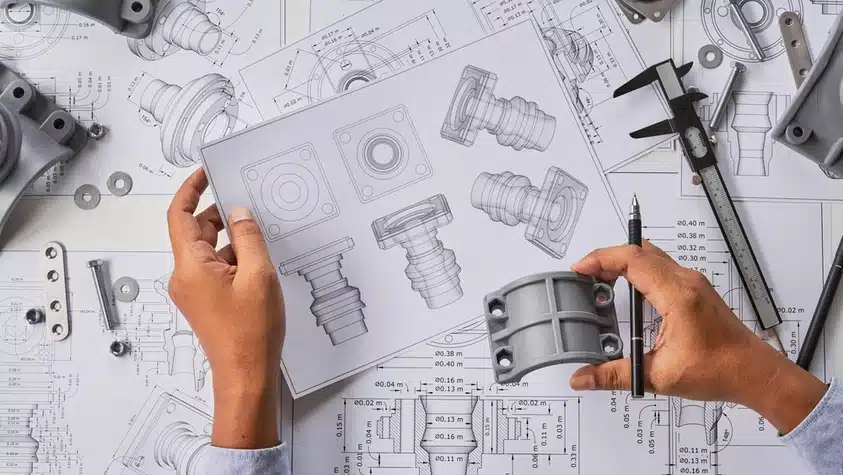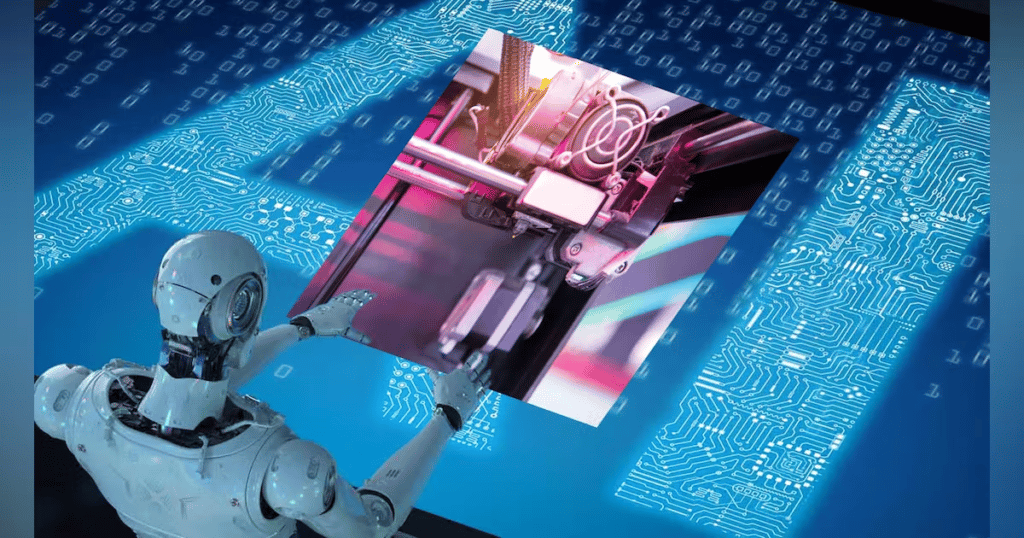What is Generative Design?
Generative design is computer-aided design software that allows for the generation of multiple solutions to a given problem. This makes it an ideal tool for designers who are looking to create a product completely new and innovative.
Generative design, in other words, is a feature of CAD applications that independently generates several alternative designs under specific parameters. It uses the power of artificial intelligence (AI) to develop new and powerful design iterations to help solve complex challenges, such as reducing component weight and manufacturing costs, scale customizations, and optimizing performance.
Consider PTC CREO if you are looking for cutting-edge generative design software. With PTC CREO, you will bring your product designs to the next level with faster time to market and greater innovation.
Creo Generative Design power of the cloud to help you to create optimized product designs. Explore in a matter of seconds numerous innovative design options, with top options automatically highlighted.
Creo Generative Design automatically delivers high-quality, lower-cost, manufacturable designs, all within the Creo design environment.
Credit source:https://www.ptc.com/
Benefits of Generative Design
The benefits of generative design can span from the design iteration stage down to engineering for manufacturability. You can reduce product weight to parts consolidation, shortening your time to market. This allows you to explore, validate, and compare hundreds or thousands of design options simultaneously. The software can view and compare design options, allowing engineers to quickly and efficiently find the best option for their project parameters and requirements.
Using AI to quickly, efficiently, and extensively discover and test new and complex design iterations, engineers can significantly reduce R&D time for new products. As a result, companies using generative design can also gain a competitive advantage in reducing the time to market their products.
It also allows you to create complex designs, such as organic features and internal grids, to take advantage of the unique design freedom of laminated modeling technology.
Last but not least, it also offers the ability to consolidate parts, so a single complex geometry created by a generative algorithm and 3D printed can often replace assemblies of dozens of separate parts.
How has Generative Design Impacted Product Development?
- Generative design is changing the product development process.
How is generative design managing to accomplish this? Overall, generative design relieves designers and engineers since they need less material during the development phase. It allows a reduction in the material used during the manufacturing phase. This will affect expenses.
Lightweight is the new trend in product development and is a term employed in generative design to cut back objects’ weight to extend overall performance. But, of course, using less material will also mean that you’ll be saving more money. Airbus is a perfect example of using less material. It is now wholly using generative design to make its manufacturing and development phase much simpler and easier, using less material and weight.
- Generative Design in product optimization
Since there’s a significant difference in the product development phase due to generative design, it exciting makes operations more efficient and reduces the overall design time of products. So how do companies manage to do this? They start by digitizing 2D drawings with 3D modeling and gather all the designs that the engineering and architect team have created. Afterward, they’ll classify these designs as digital models.
By generative design, companies can create modular housing concepts with more than 100 components. Later, they can set their prices and costs. Thanks to generative design, companies can save lots of time and money. They can also work with more clients.
- Generative Design is flexible.
The flexibility of generative design overcomes the limits of product development and management. Thus, making it much easier for engineers and designers to come up with other manufacturing alternatives.
Generative algorithms aren’t limited to any structural-design tasks. So, the generative algorithm approaches are being applied to thermal & electrical design, optics, fluid-flow optimization, and more. In addition, most architects and engineers use generative techniques to optimize city spaces. Finally, let’s not forget that generative algorithms are applied to complex optimization issues within a product-design area! Thus, it is easier for engineers and design teams to seek alternative methods of what to do with a product-design space.
Why product development with Generative Design and AI will gain momentum.
The concept of generative design controlled by artificial intelligence (AI) in product development is not a new concept. Skepticism towards AI algorithms from product designers and lack of application speed was too great a barrier for suppliers of 3D CAD technology to get engineers and developers enthusiastic about the early and frequent use of simulation technology in the design process.
After several thousand design drafts have been developed, using generative design and a possible catalog of boundary conditions, AI selects the most suitable version based on the specifications. The developer, however, can have several design-chosen variants using various parameters, such as the best suggestions for different materials, i.e., the lightest model with the greatest possible stiffness. Criteria, such as material or design requirements, or parameters linked to production costs, such as production volume, are converted immediately by the software.
The technology provides the developer with optimized designs for several targets simultaneously in a very short time. Once the possibilities have been explored, the prototypes can be produced in milling machines or 3D printers. The results can be automatically incorporated into tests based on other findings, including cost calculations, supply chains, and quality data. This not only saves time but also increases output.
Conclusion
This is all about how generative design impacts product development and management. Overall, traditional methods have significantly made it harder for engineers to save time and money on creating a product design. However, with the help of generative design, engineers are saving time and can look at more product design alternatives.
Software tools in the field of CAD, such as Generative Design Feature, allow engineers to overcome any difficulties and save time while focusing on more important things in the product development and management phase.
Nowadays, It isn’t so easy for an engineer to create innovative products with too many constraints and limitations all at the same time.
Generative Design and AI can allow engineers to increase their operational efficiency. For more detailed information and to find out how to implement this and other tools that increase the efficiency and productivity of your R&D, visit the Convergence Consuhttps://convercon.com/lting website and contact us at [email protected].





Leave a Reply